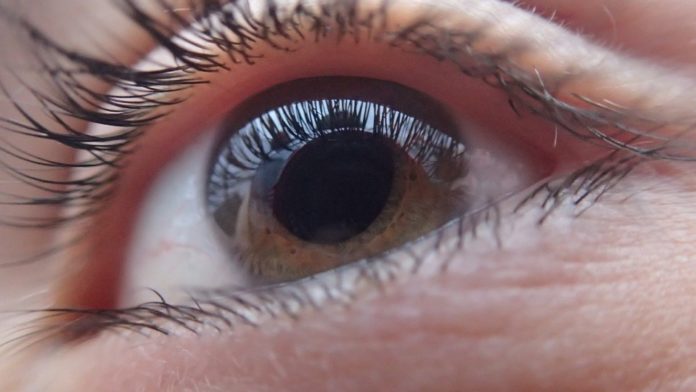A new study by the University of Oxford suggests that it is possible to reprogram cells at the back of the eye to cure blindness. By using gene therapy technique, scientists successfully treated untreatable blindness by making cells light-sensitive.
Retinitis pigmentosa, the most common type of untreatable blindness, occur due to loss of the millions of light-sensitive photoreceptor cells that line the retina. The remaining retinal nerve cells which are not light-sensitive, however, remain in the eye.
Scientists conducted their tests on blind mice. They expressed a light-sensitive protein, melanopsin, in the residual retinal cells. During the experiment, the mice were able to detect objects in their environment which indicated a high level of visual perception. The cells expressing melanopsin were able to respond to light and send visual signals to the brain.
Scientists are now trialing an electronic retina successfully in blind patients. But they suggest, the genetic approach will be beneficial in being simpler to administer.
Samantha de Silva, the lead author of the study said, “There are many blind patients in our clinics and the ability to give them some sight back with a relatively simple genetic procedure is very exciting. Our next step will be to start a clinical trial to assess this in patients.”
The gene therapy involves the expression of transgenes encoding photosensitive proteins in remaining retinal cells. It makes cells directly light sensitive in the absence of rods and cones. Here, Melanopsin protein plays a key role.
Melanopsin protein is present in a subset of ganglion cells that are intrinsically photosensitive. It is particularly suited to this purpose since it is native to the human eye and therefore is less likely to be immunogenic.
The protein shows greater sensitivity to light than alternative microbial optogenetic tools.
